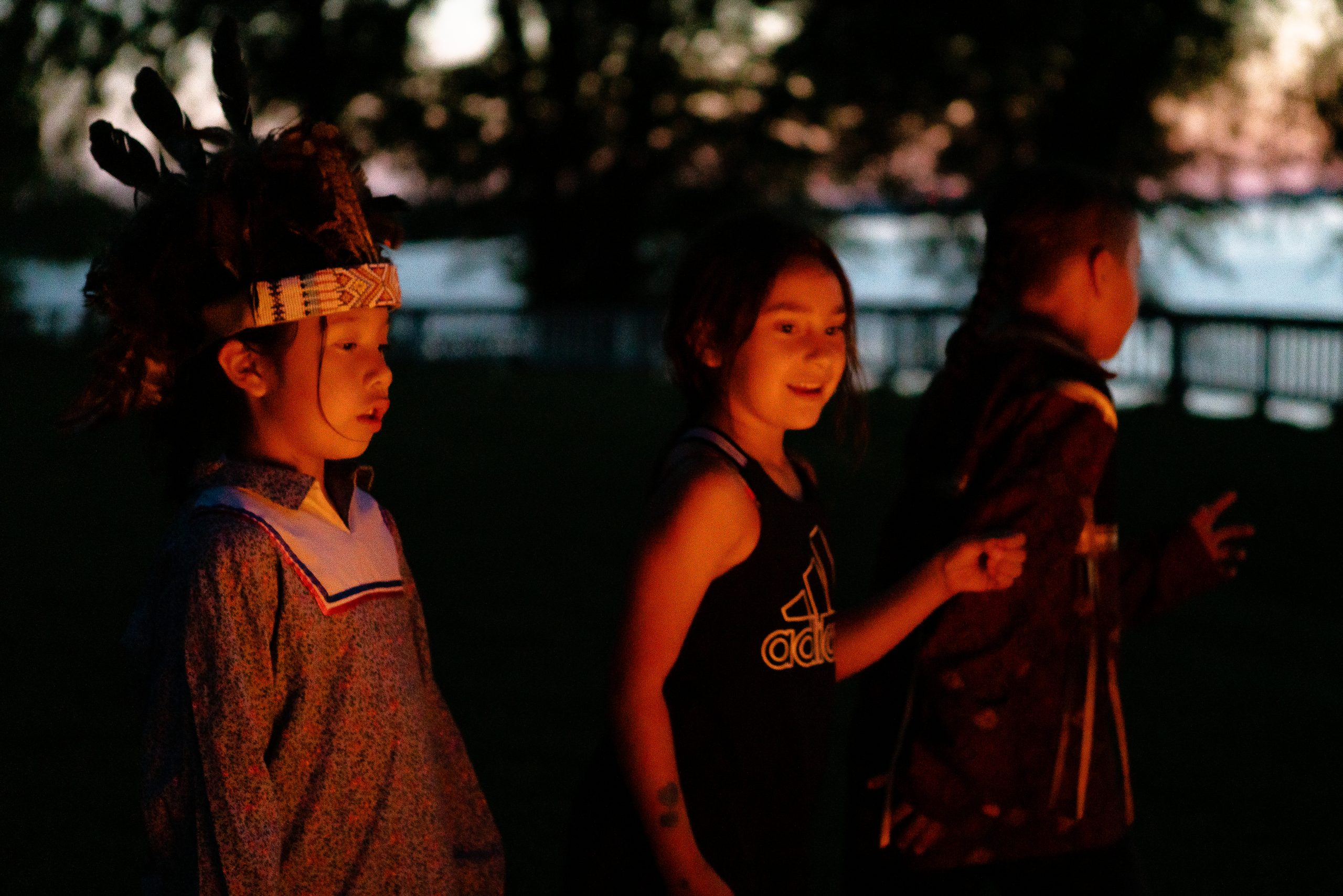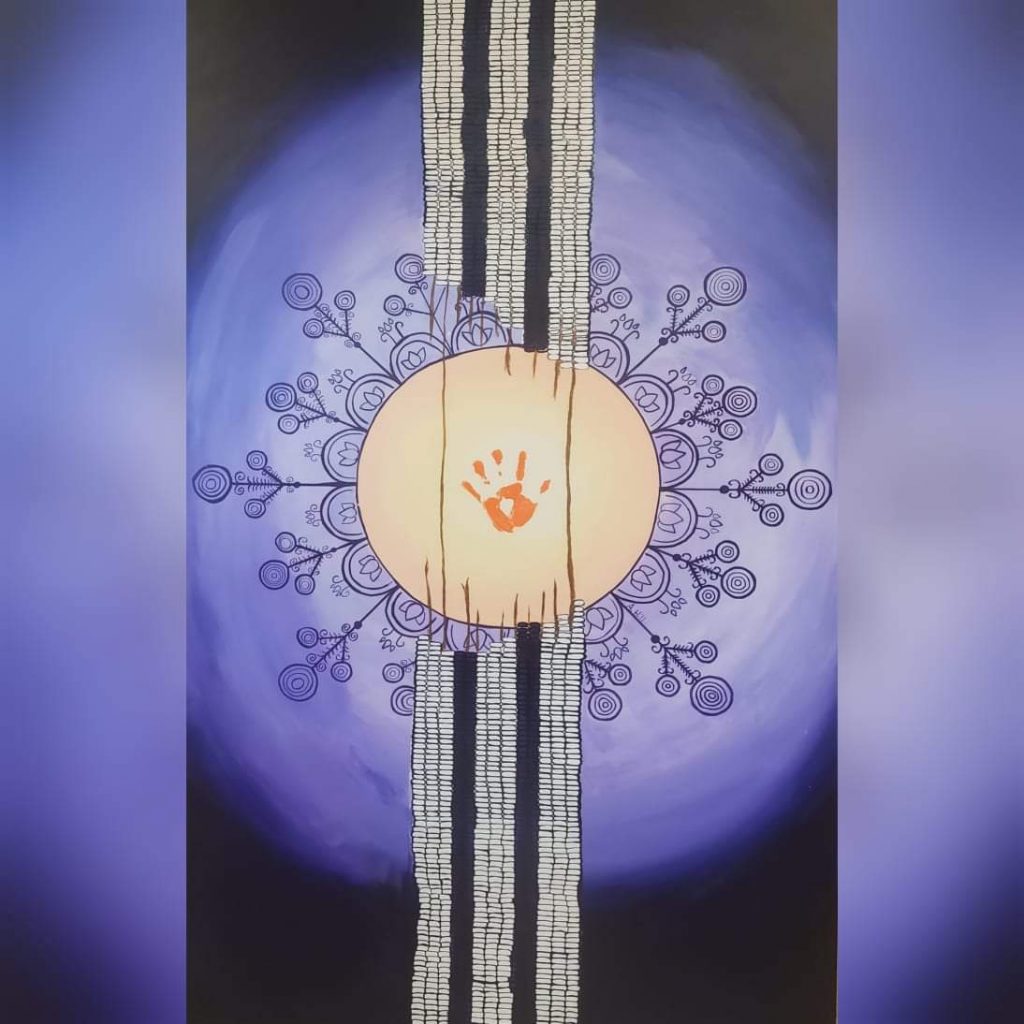
Whispers of Resilience: The Fight to Reclaim Kanien’kéha in Akwesasne
AKWESASNE, MOHAWK TERRITORY – In the heart of the Akwesasne Mohawk Nation, where the St. Lawrence River weaves through borders and ancestral lands, a quiet revolution is unfolding. It’s a battle not fought with weapons, but with words, songs, and the laughter of children. This is the frontline of the Akwesasne Mohawk language revitalization movement, a tenacious effort to breathe new life into Kanien’kéha, the Mohawk language, which for decades teetered on the brink of extinction.
Language is more than just a means of communication; it is the repository of a people’s history, worldview, and identity. For the Kanien’kehá:ka (Mohawk people), the near loss of Kanien’kéha represented a profound severing from their roots, a direct consequence of colonial policies designed to assimilate Indigenous peoples. Now, against formidable odds, the community of Akwesasne is leading a vibrant resurgence, proving that a language can indeed be called back from the precipice.

A Legacy of Silence: The Impact of Assimilation
The story of Kanien’kéha’s decline is tragically familiar across Indigenous North America. For generations, Mohawk children, like countless others, were forcibly removed from their homes and sent to residential or boarding schools. In these institutions, speaking their native tongue was strictly forbidden and often punished severely. English became the mandated language, and the vibrant oral traditions that had sustained the Mohawk people for centuries were systematically suppressed.
"My grandparents’ generation, they were told not to speak Mohawk," recalls Kaweienón:ni (Louise McDonald), a respected elder and language advocate in Akwesasne. "They were shamed, beaten even. So, when they came home, they didn’t teach it to their children to protect them. They thought they were doing good, but the language slipped away, generation by generation."
By the mid-20th century, the number of fluent Kanien’kéha speakers dwindled dramatically. Elders, the primary carriers of the language, were aging, and few younger people were learning it. The rich vocabulary, the intricate grammar reflecting a unique way of understanding the world, and the powerful oral histories were on the verge of being lost forever.
The Spark of Resistance: Akwesasne Freedom School
The turning point for Akwesasne arrived in 1979 with the founding of the Akwesasne Freedom School (AFS). Born out of the community’s fierce determination to reclaim its sovereignty and culture, the AFS was established as a private, independent school with a radical, yet essential, mission: total immersion in Kanien’kéha.
"The Freedom School was founded on the principle that language is the foundation of our identity," explains Salli Benedict, a long-time educator and administrator at AFS. "We realized that if we didn’t raise our children speaking Mohawk from infancy, it would be gone. So, it was a desperate, but necessary, measure."
The school started small, operating out of a former church hall with a handful of dedicated teachers and a curriculum entirely delivered in Kanien’kéha. Children as young as three years old entered an environment where English was not spoken, forcing them to learn through observation, repetition, and the patient guidance of fluent speakers. This "language nest" model, inspired by successful Maori language initiatives in New Zealand, proved to be profoundly effective.

A fascinating aspect of the AFS model is its commitment to traditional Mohawk governance and teachings. Students learn not just the language but also the Ohen:ton Karihwatéhkwen (Thanksgiving Address), traditional stories, ceremonies, and the responsibilities inherent in being a Kanien’kehá:ka person. The school operates independently of federal and provincial funding, relying on community support and grants, ensuring its autonomy and adherence to Mohawk values.
Beyond the Classroom: A Community-Wide Effort
While the Akwesasne Freedom School remains a cornerstone of the revitalization effort, the movement has expanded far beyond its walls. Recognizing the need to reach adults and integrate the language into daily life, numerous other initiatives have taken root:
- Adult Immersion Classes: Programs like the Kanien’kéha Ratiwennahní:rats (Mohawk Language Speakers) program offer intensive, multi-year immersion for adults committed to fluency. These programs often pair learners with fluent elders in a "master-apprentice" model, fostering intergenerational connection and rapid language acquisition.
- Technology Integration: The Mohawk Council of Akwesasne and other organizations have embraced technology. Mobile apps like "Kanien’kéha: The Mohawk Language" offer interactive lessons and vocabulary. Online dictionaries, digital storybooks, and social media groups provide accessible learning tools and platforms for speakers to connect. "We need to meet our youth where they are," says a young language learner, "and for many, that’s online. Having Mohawk content on TikTok or Instagram is huge."
- Cultural Programs and Events: Language is woven into cultural events, traditional ceremonies, and community gatherings. Storytelling nights, traditional song and dance groups, and workshops on traditional crafts are all conducted in Kanien’kéha, reinforcing its relevance and vitality. The Akwesasne Cultural Center and Museum also plays a crucial role in preserving and promoting the language through exhibits and educational programs.
- Language Nest Expansion: Inspired by the AFS, similar "language nests" are being explored for even younger children, ensuring exposure to Kanien’kéha from birth.
Challenges and Triumphs
Despite the remarkable progress, the path to full revitalization is fraught with challenges. The pervasive influence of English-language media, entertainment, and education remains a significant hurdle. Funding for language programs is often precarious, and the number of truly fluent, first-language speakers continues to decline with age, creating an urgent need to train new generations of teachers and mentors.
"It’s a race against time," admits a veteran language teacher. "We need more fluent speakers, especially young ones, who can become teachers themselves. It takes immense dedication and resources."
However, the triumphs are equally compelling. The Akwesasne Freedom School has produced a generation of young, confident Kanien’kéha speakers who are now becoming parents and teachers themselves, creating a self-sustaining cycle of language transmission. These young people embody a renewed sense of cultural pride and identity.
One such success story is Tehanonhserehthá:ta, a recent graduate of the AFS and now a language apprentice. "Growing up speaking Mohawk, it’s not just words; it’s how I think, how I see the world," she shares. "It connects me directly to my ancestors, to the land, to everything that makes me who I am. It’s powerful."
The revitalization efforts are also fostering economic opportunities within the community, from creating language resources and educational materials to developing culturally relevant businesses. It’s a testament to the idea that cultural strength can also lead to economic resilience.
A Future Rooted in Language
The journey to reclaim Kanien’kéha in Akwesasne is far from over, but the progress made over the past four decades is nothing short of miraculous. From a handful of dedicated individuals and a fledgling school, the movement has grown into a vibrant, community-wide commitment.
The Akwesasne Mohawk Nation stands as a powerful example for other Indigenous communities globally, demonstrating that language revitalization is not just an academic exercise but a deeply personal, spiritual, and political act of self-determination. It is about healing historical trauma, strengthening cultural bonds, and ensuring that the whispers of the ancestors continue to resonate through the voices of future generations.
As the sun sets over the St. Lawrence, casting long shadows across the lands of Akwesasne, the sounds of Kanien’kéha can be heard – in the classrooms, in homes, and in the laughter of children playing. These are not just whispers of resilience; they are the vibrant sounds of a language reborn, a testament to the enduring spirit of the Kanien’kehá:ka people. The fight continues, one word, one phrase, one fluent child at a time, ensuring that Kanien’kéha will echo through Akwesasne for generations to come.


